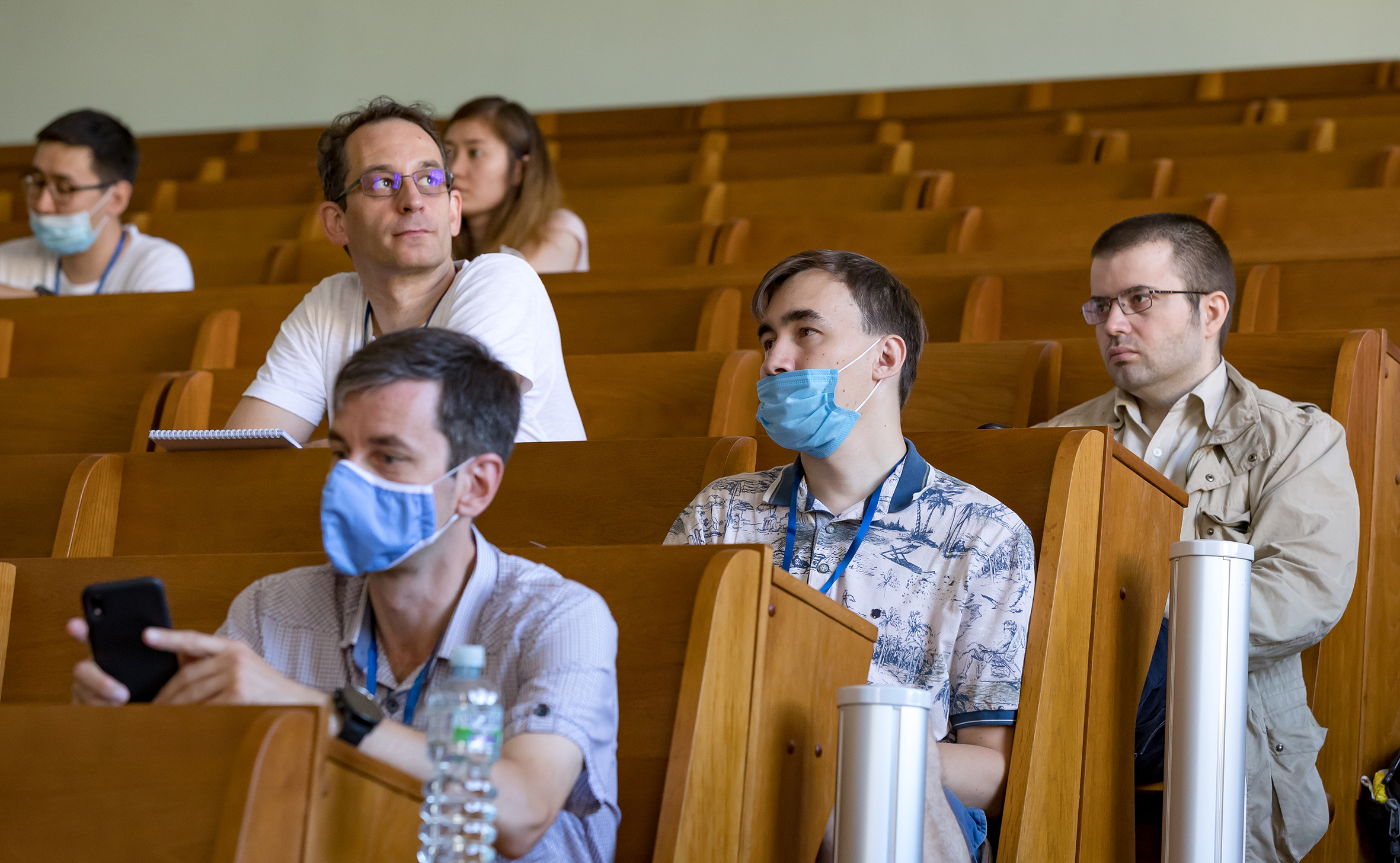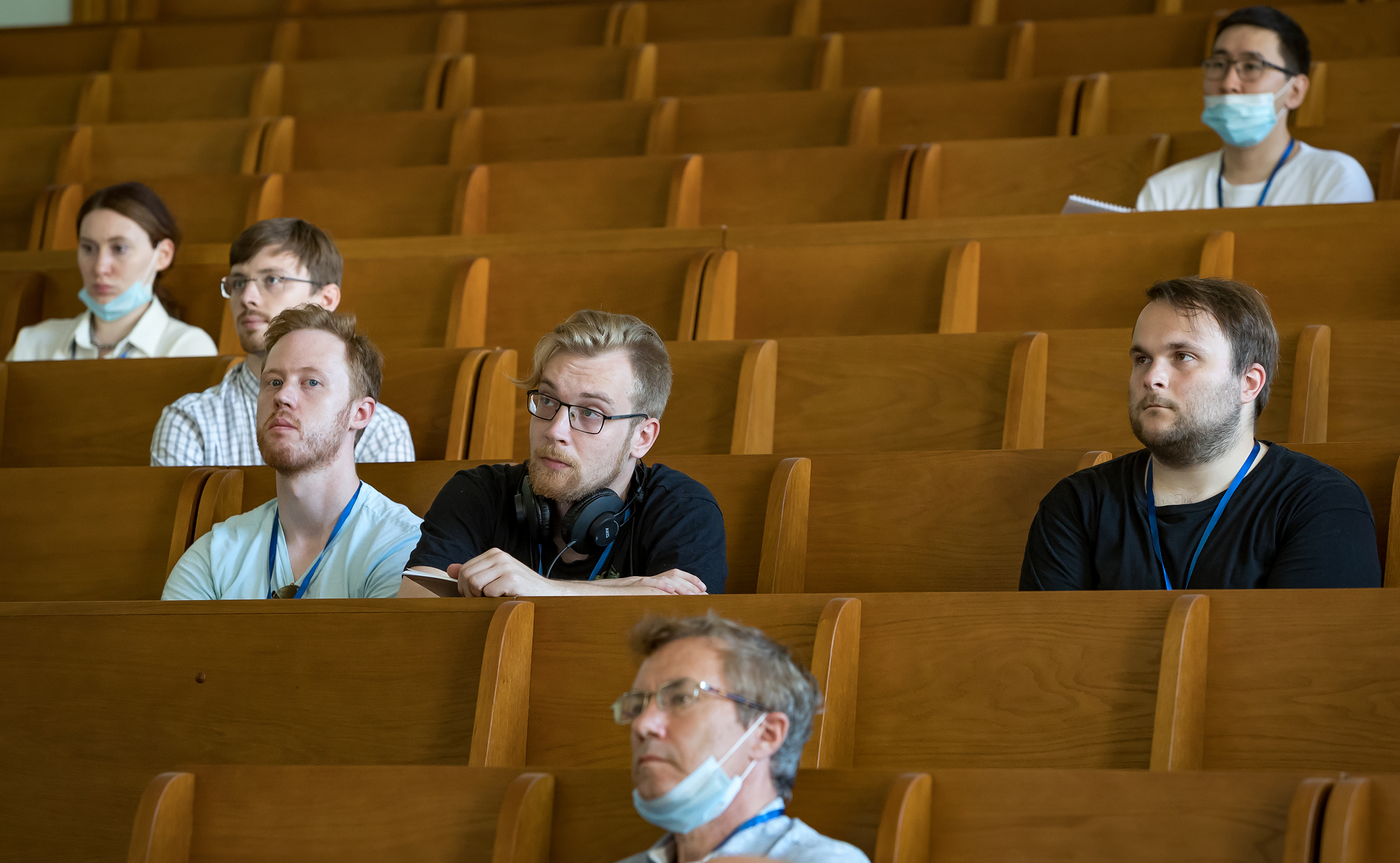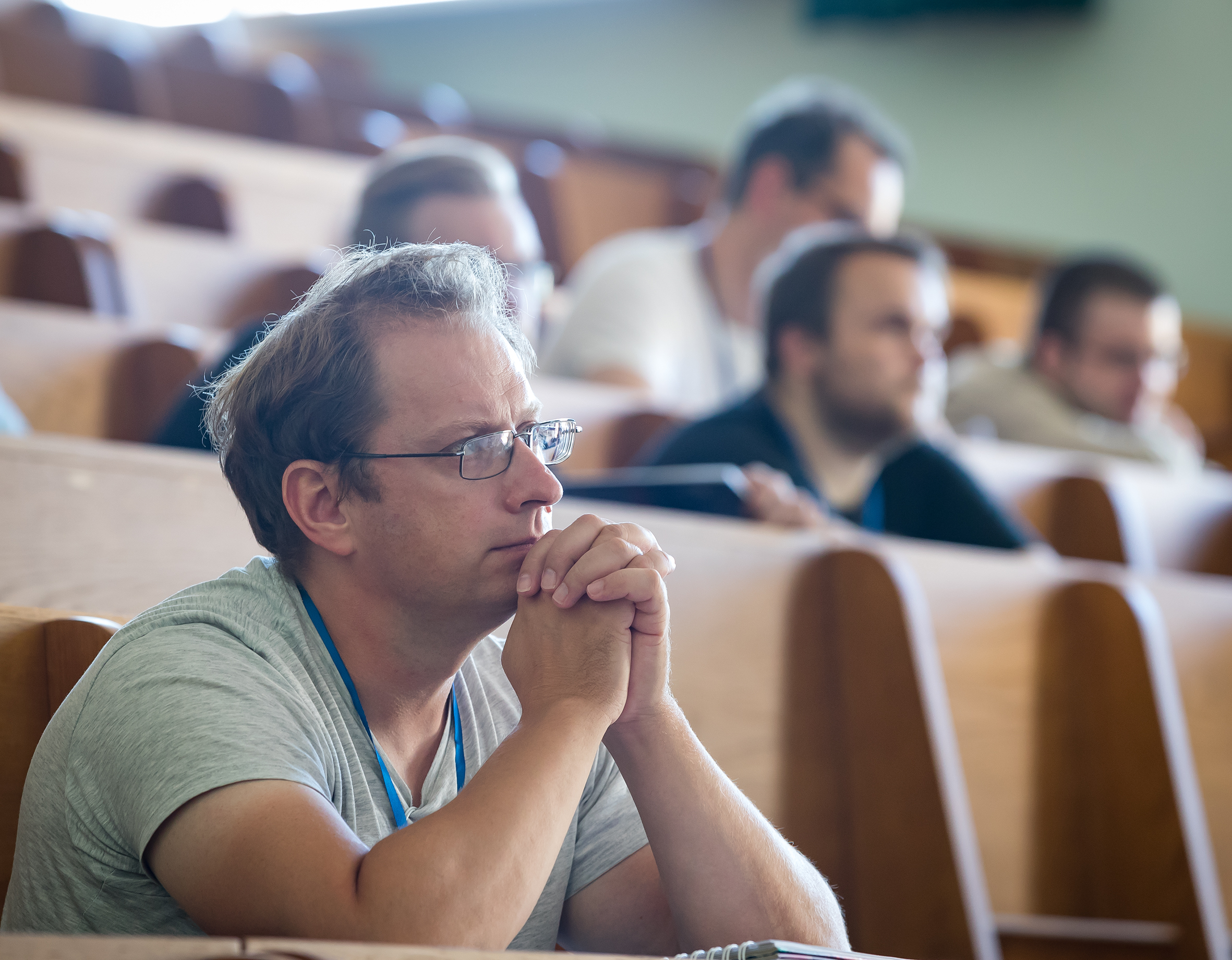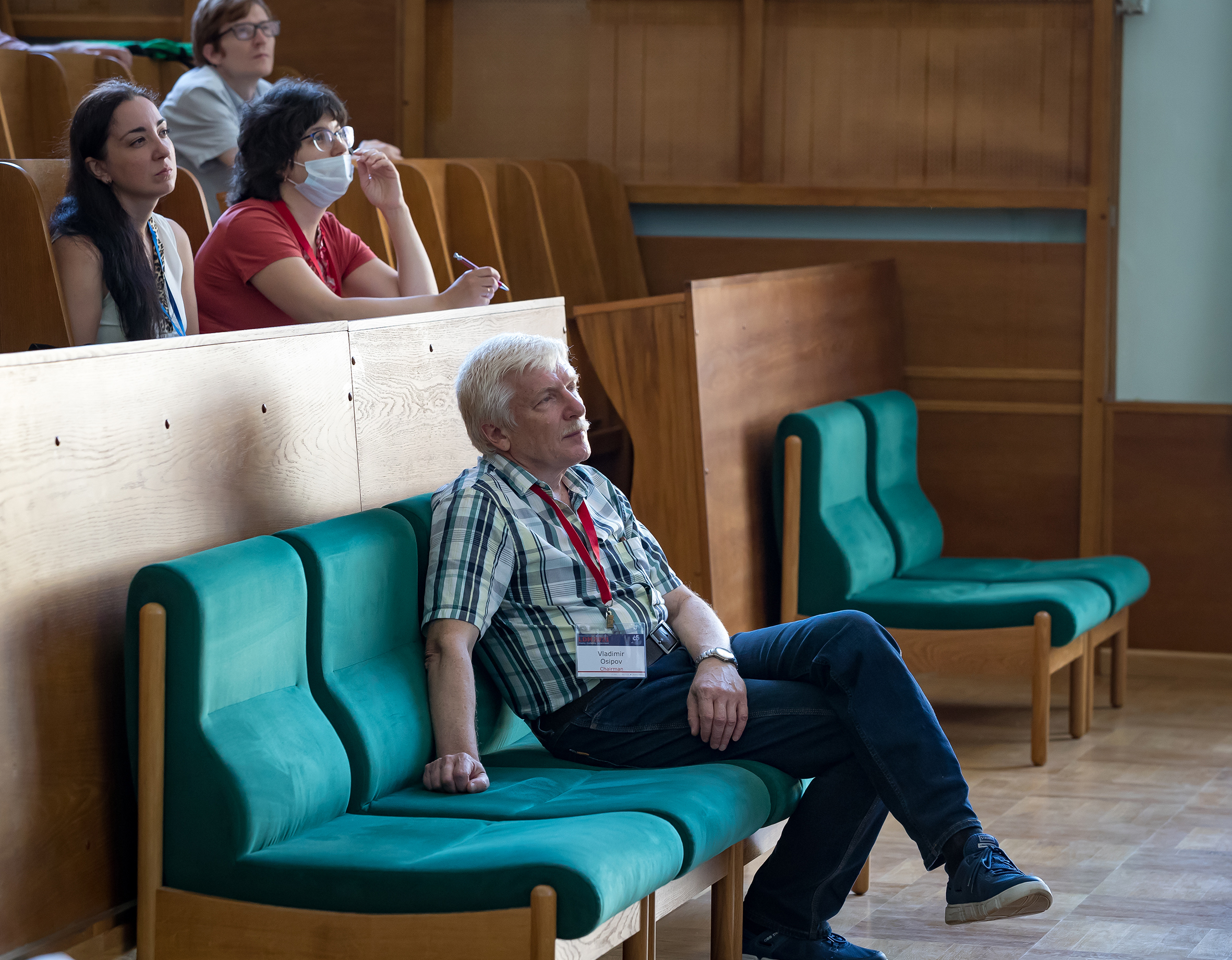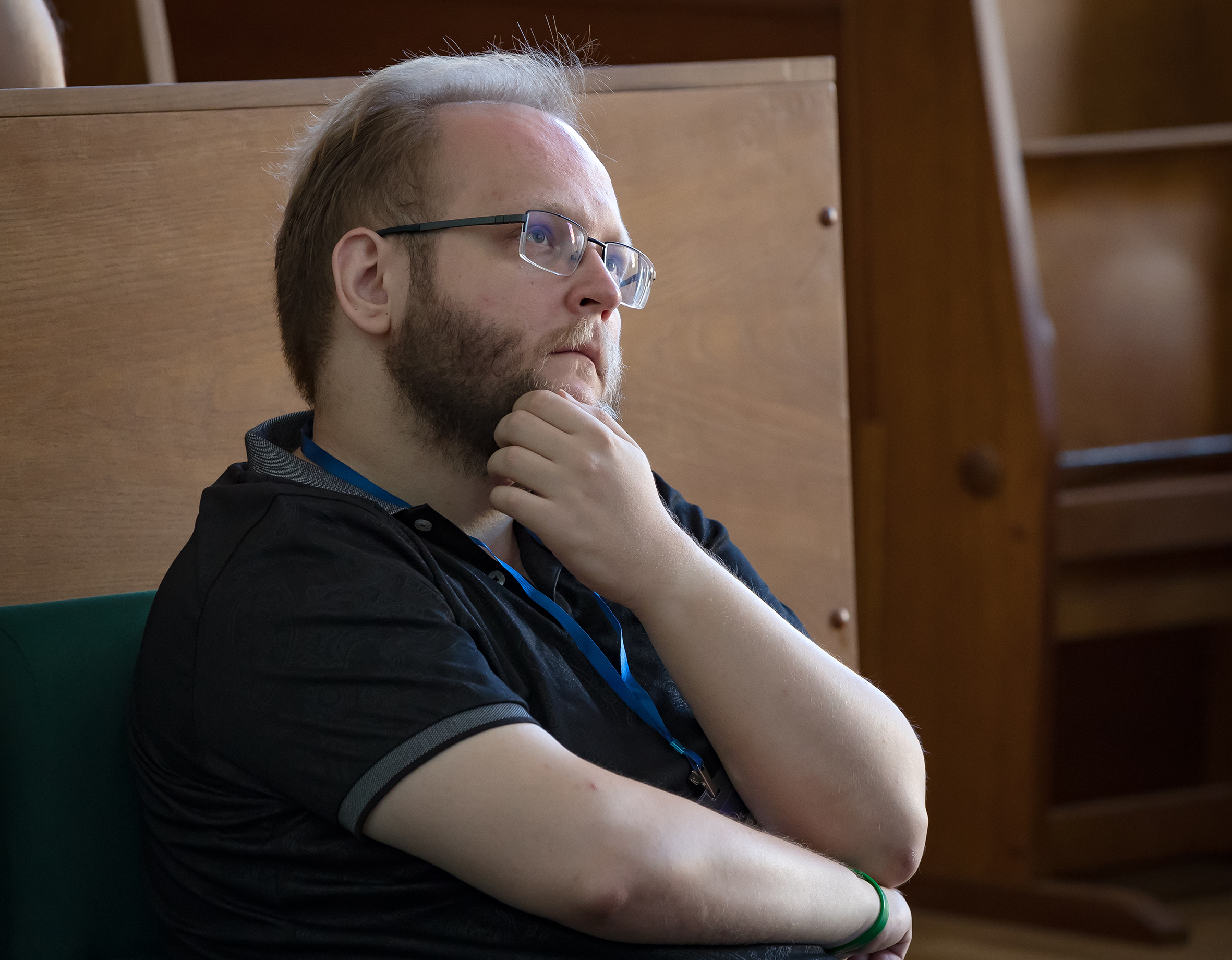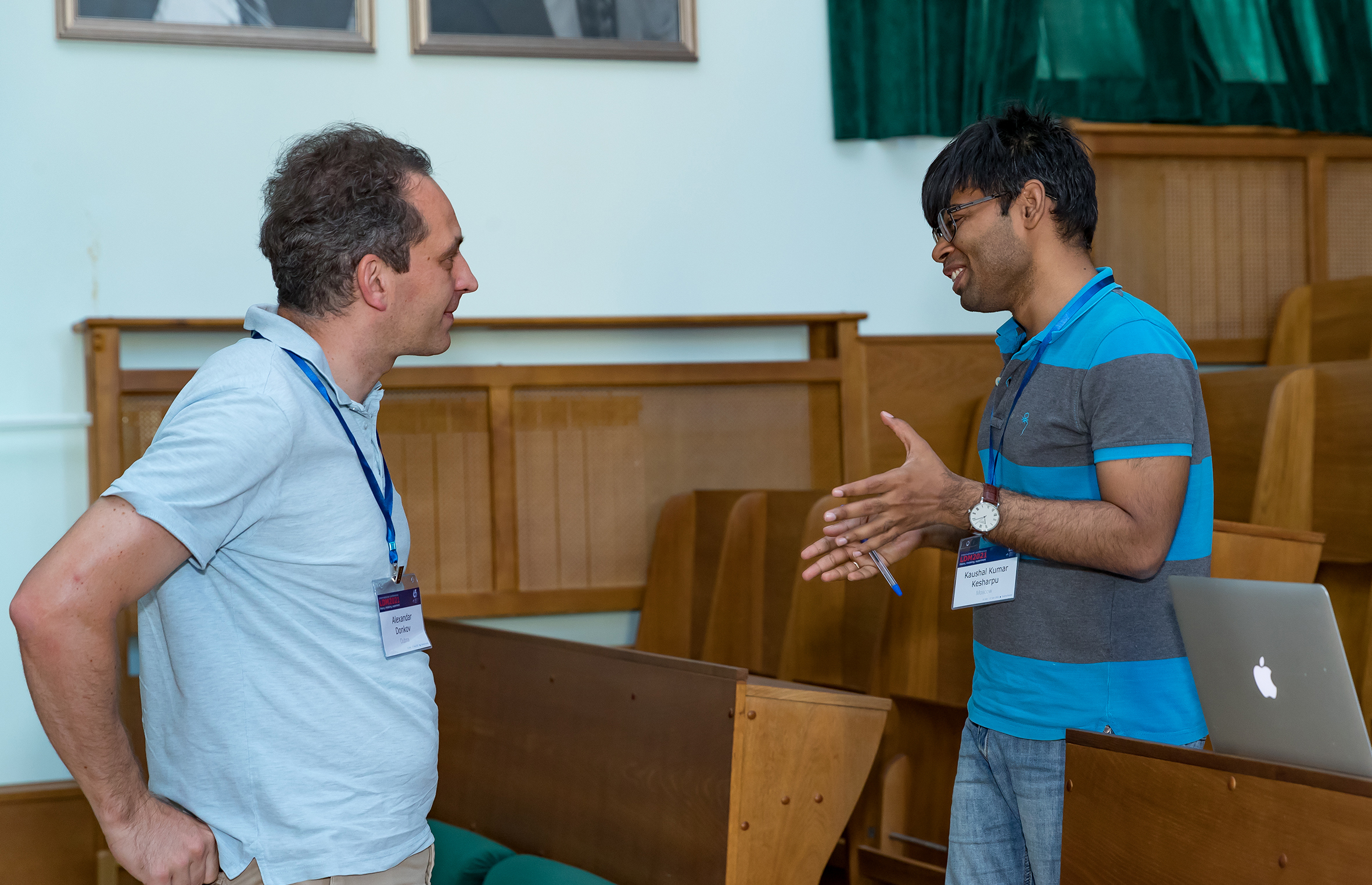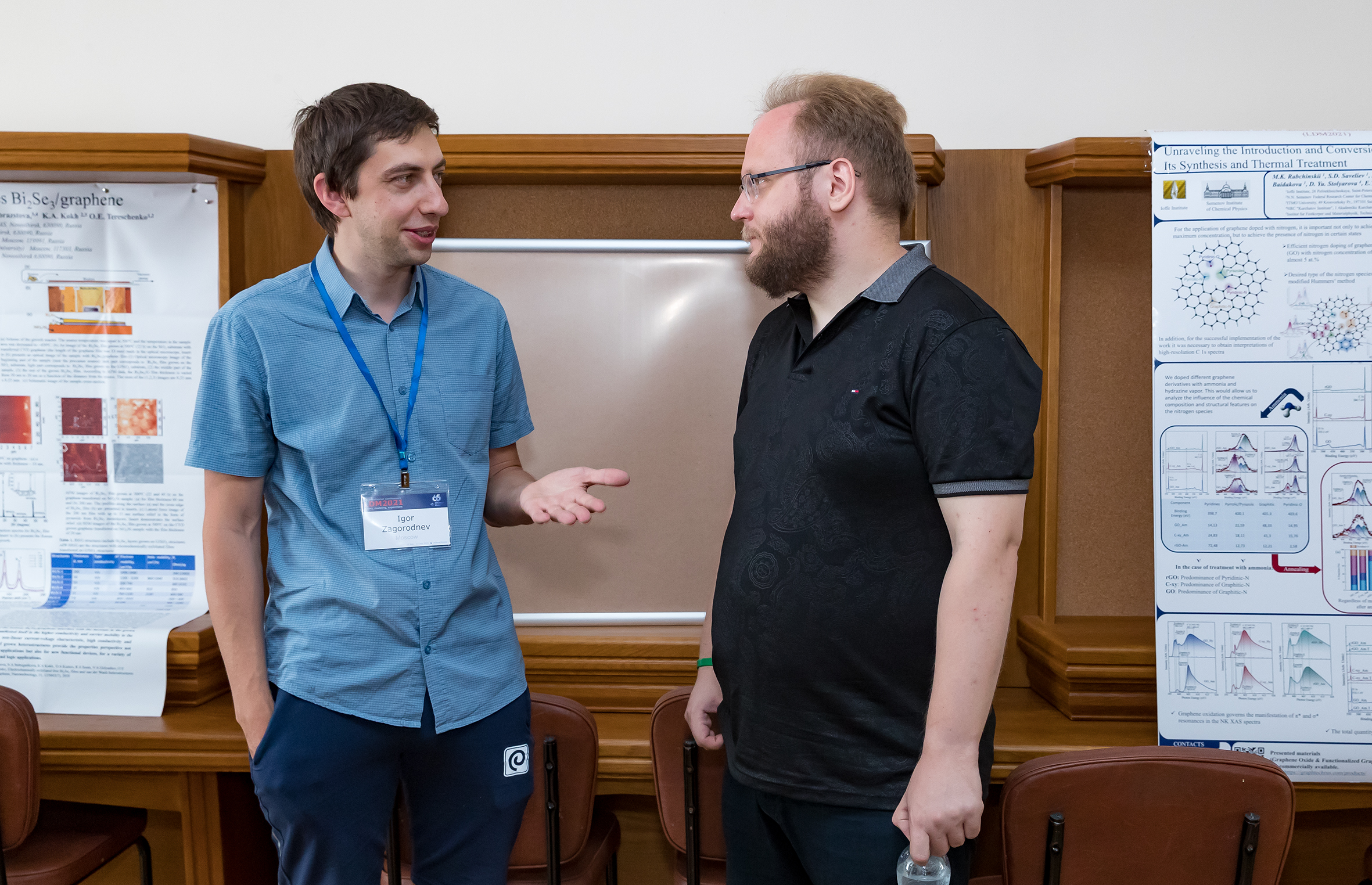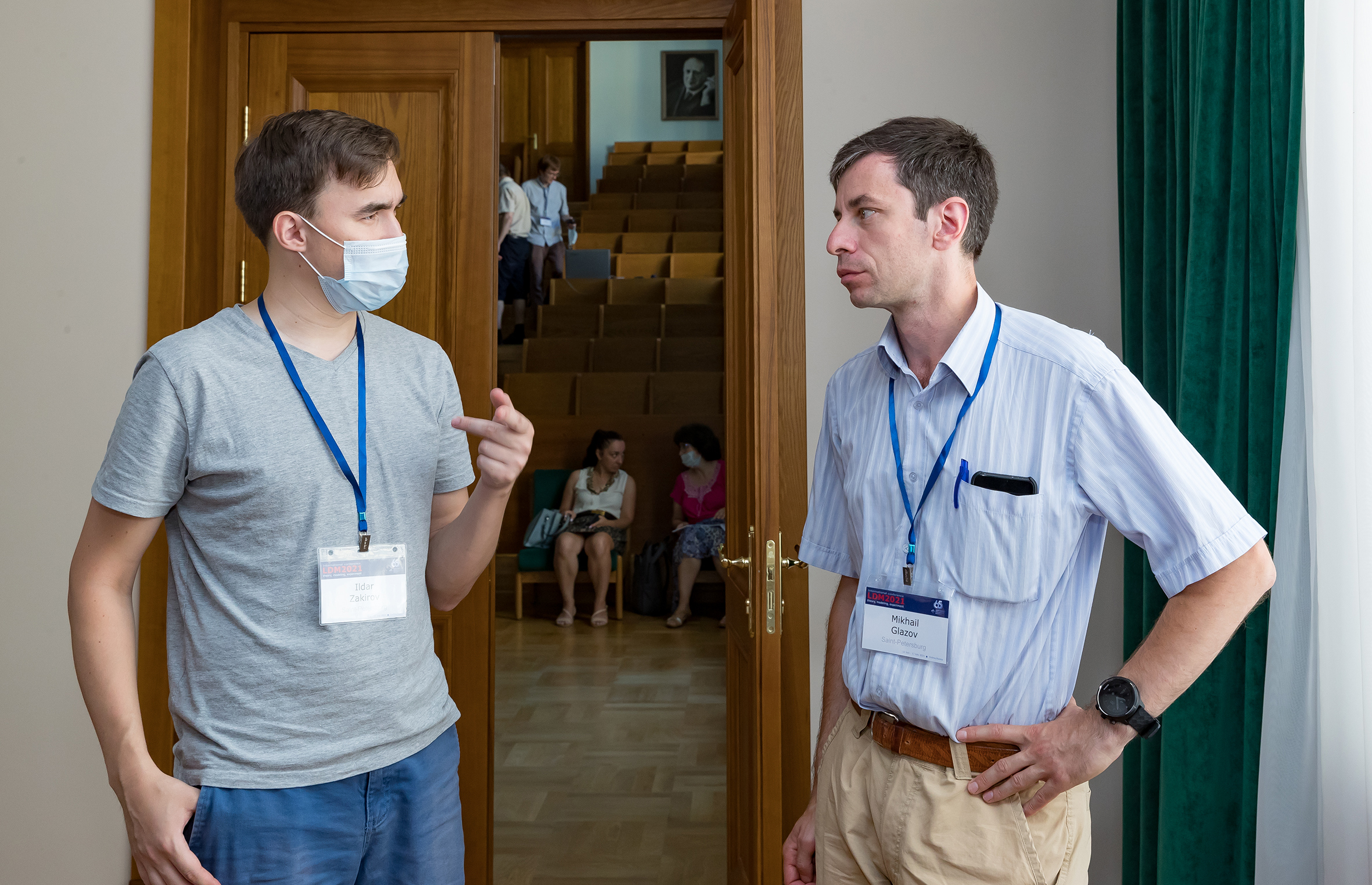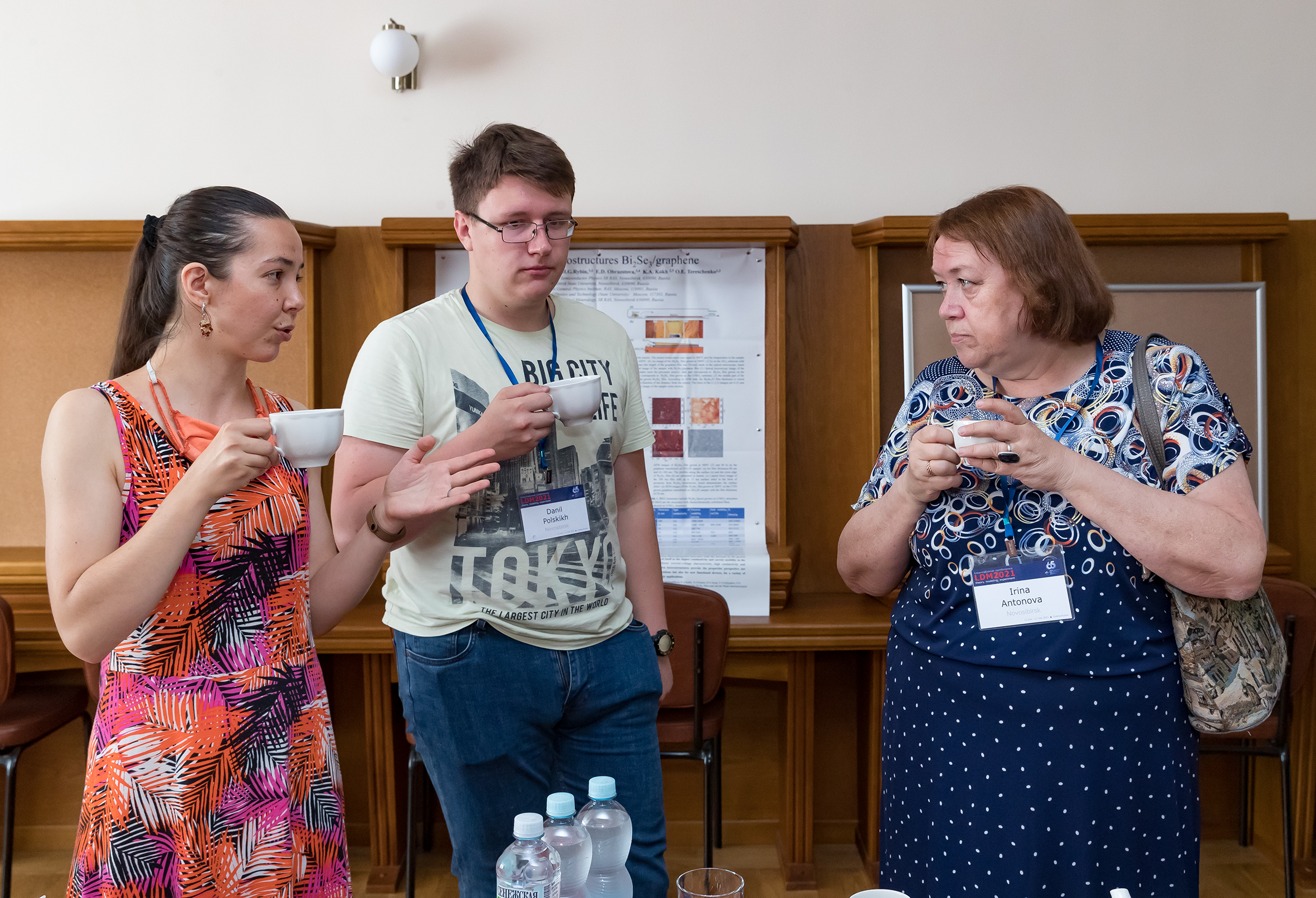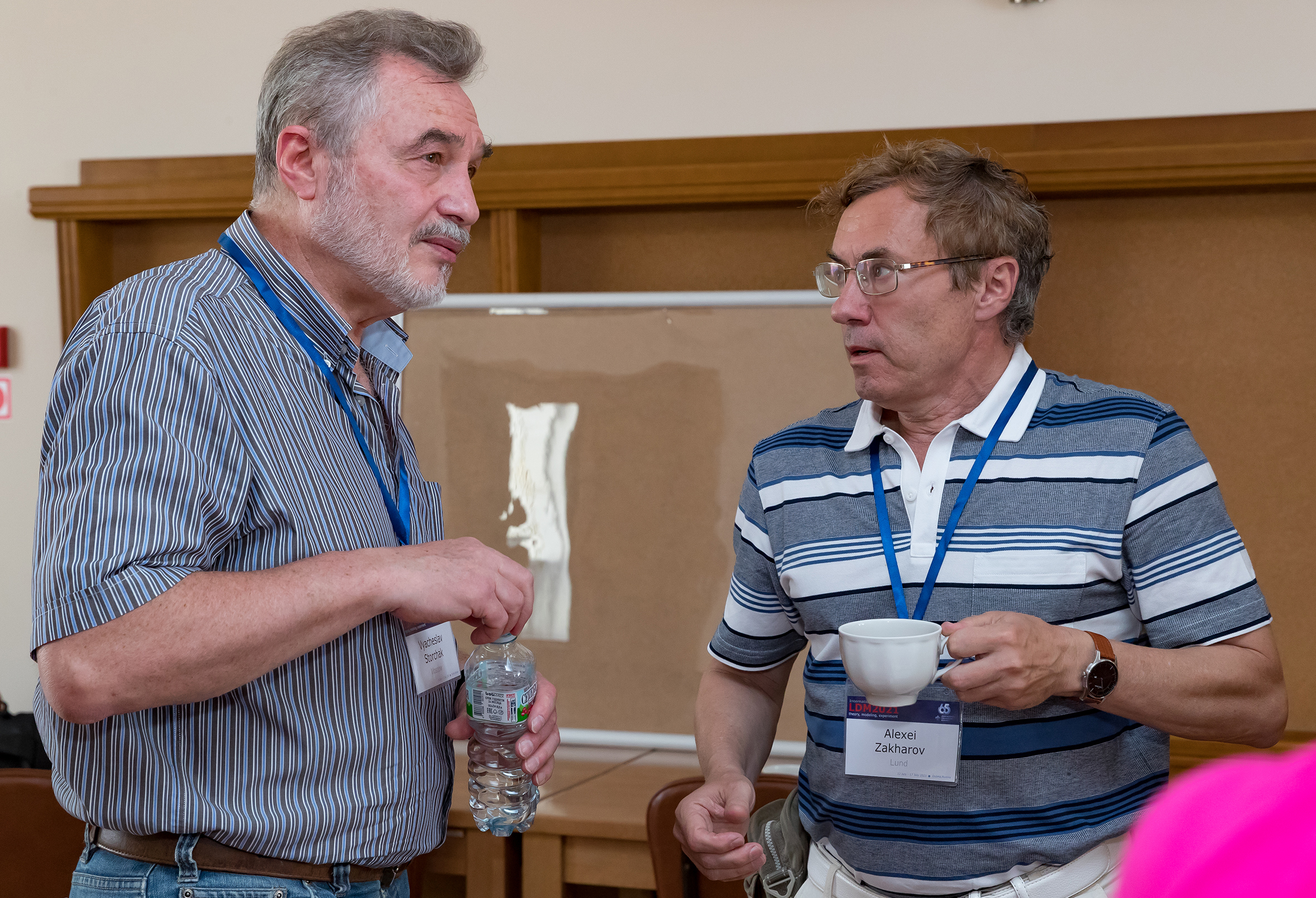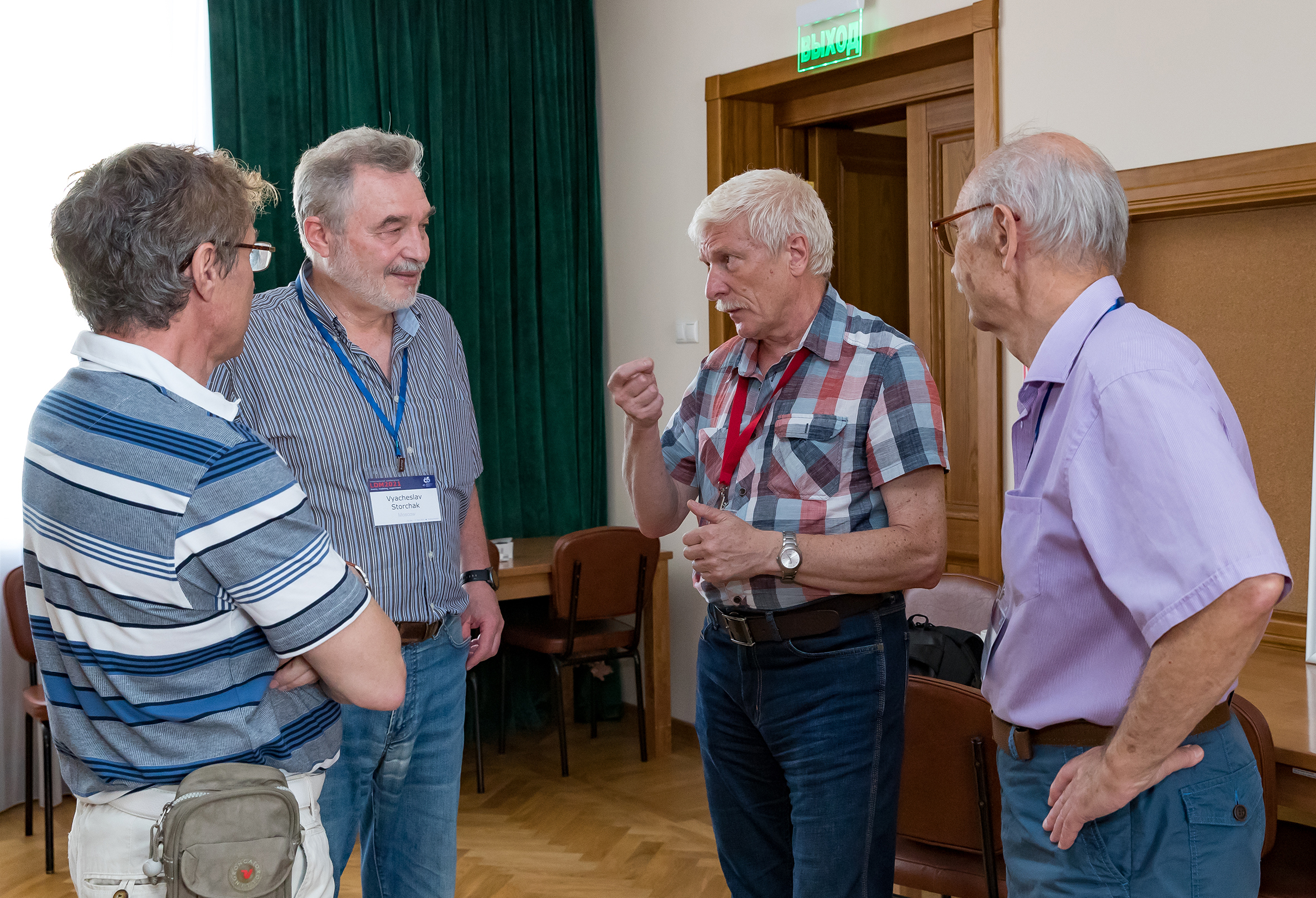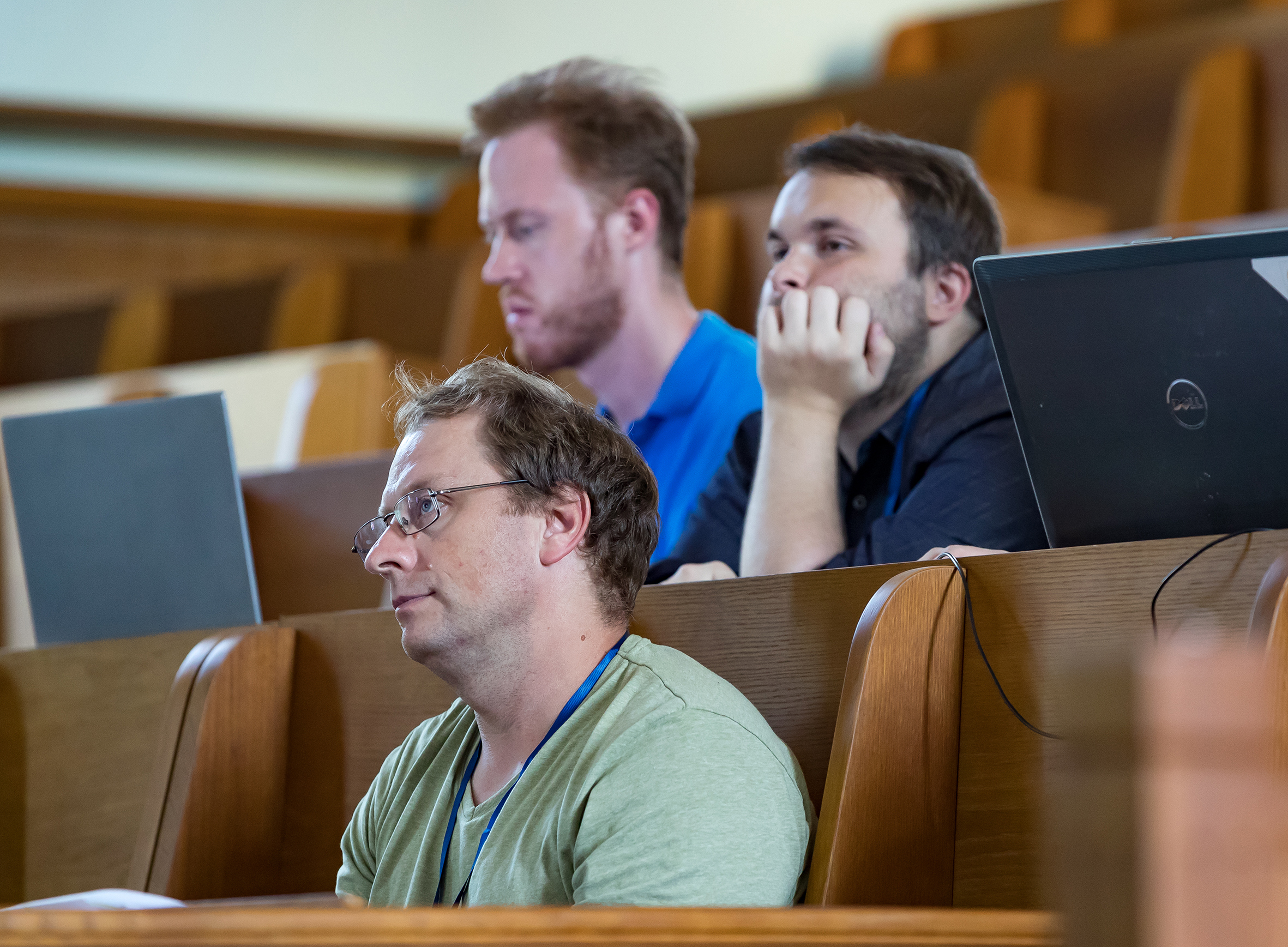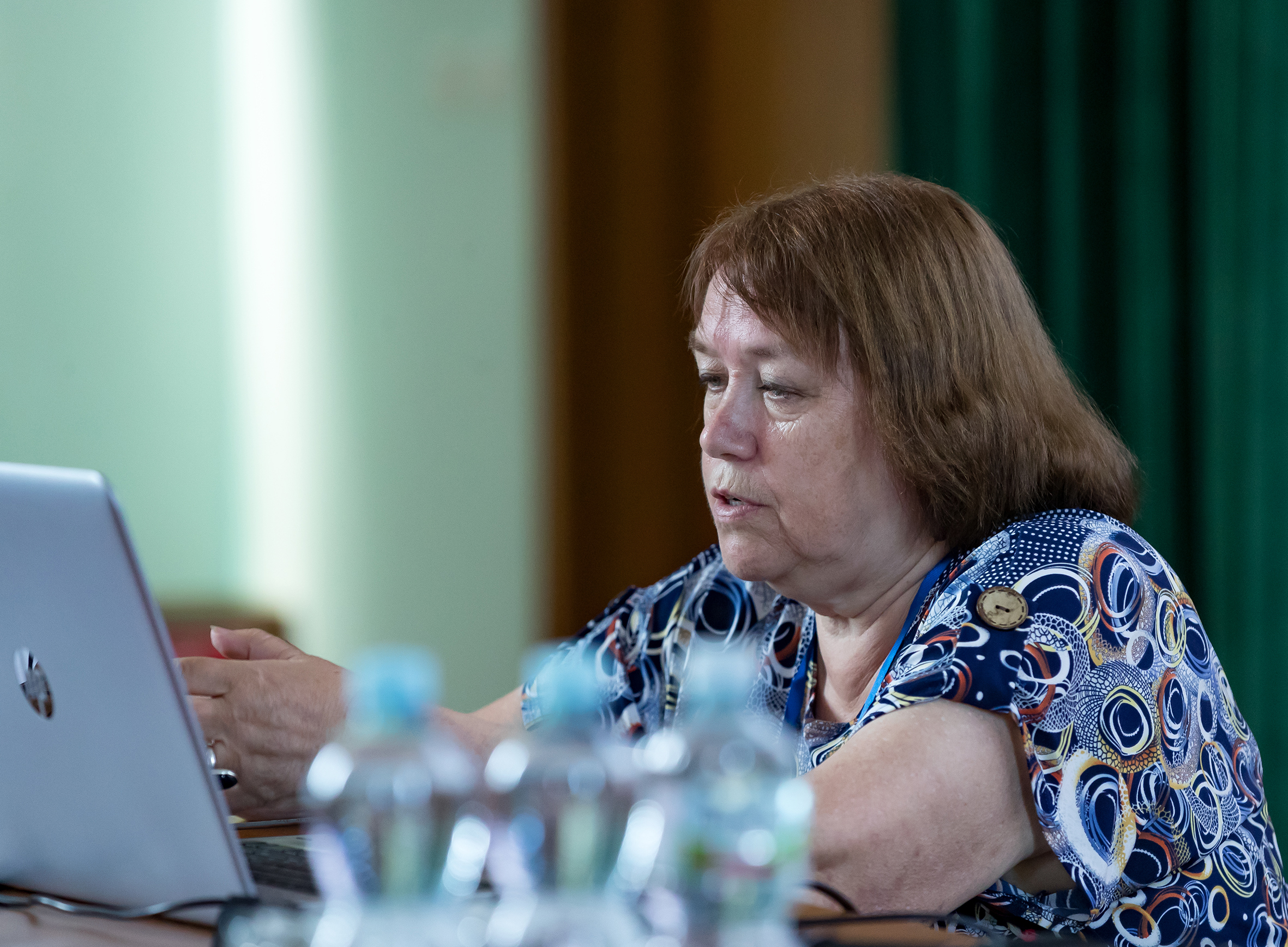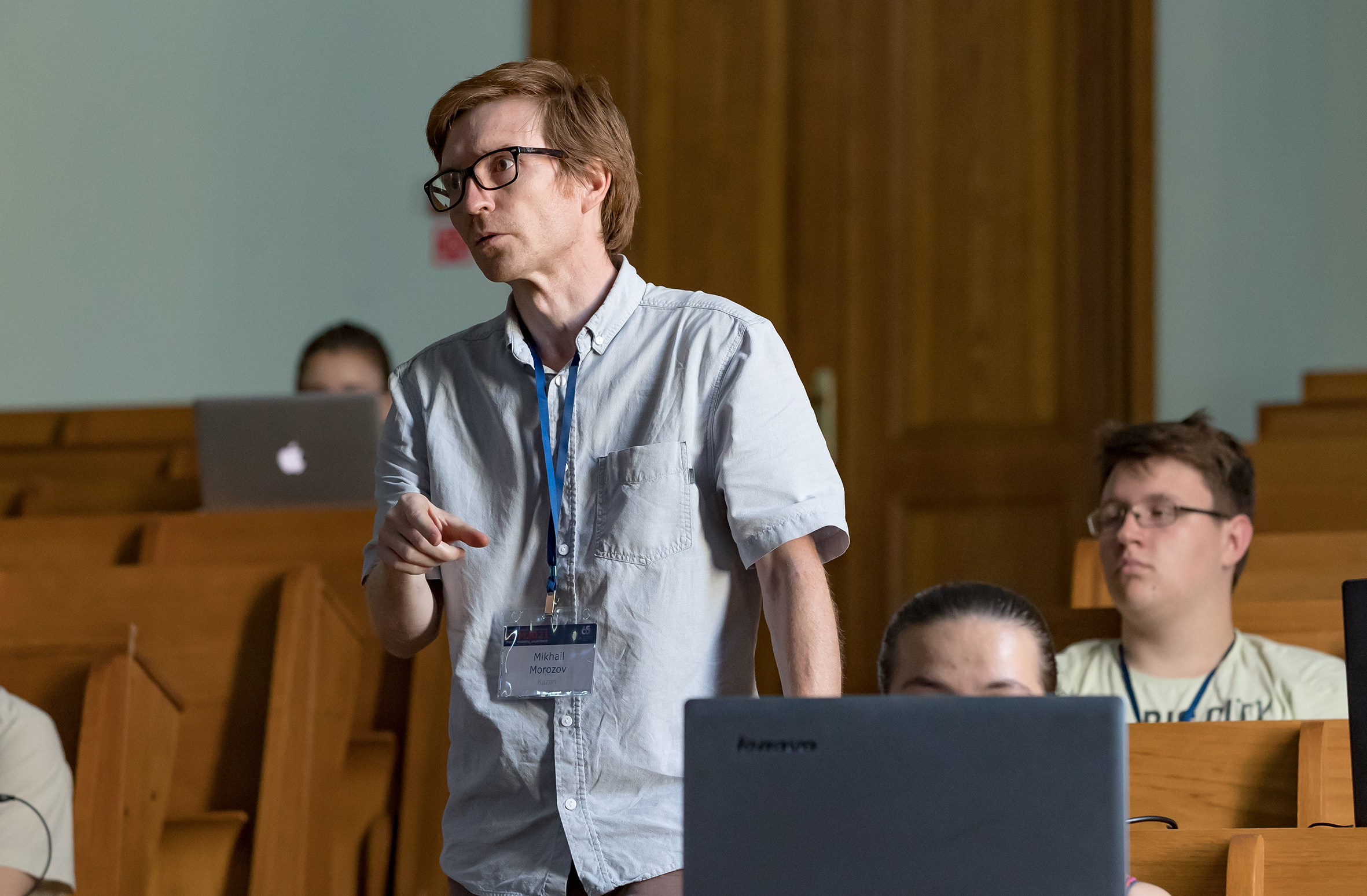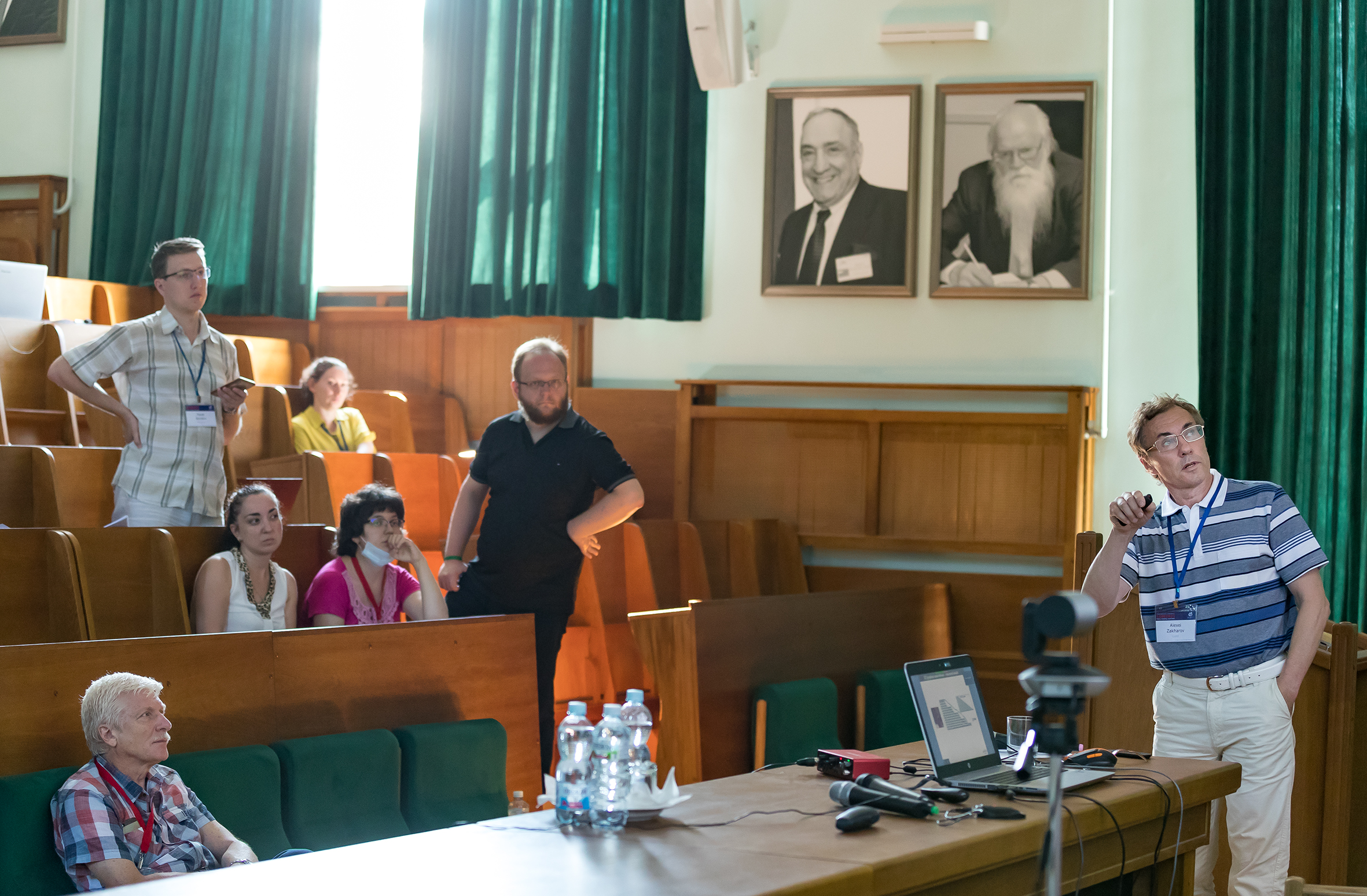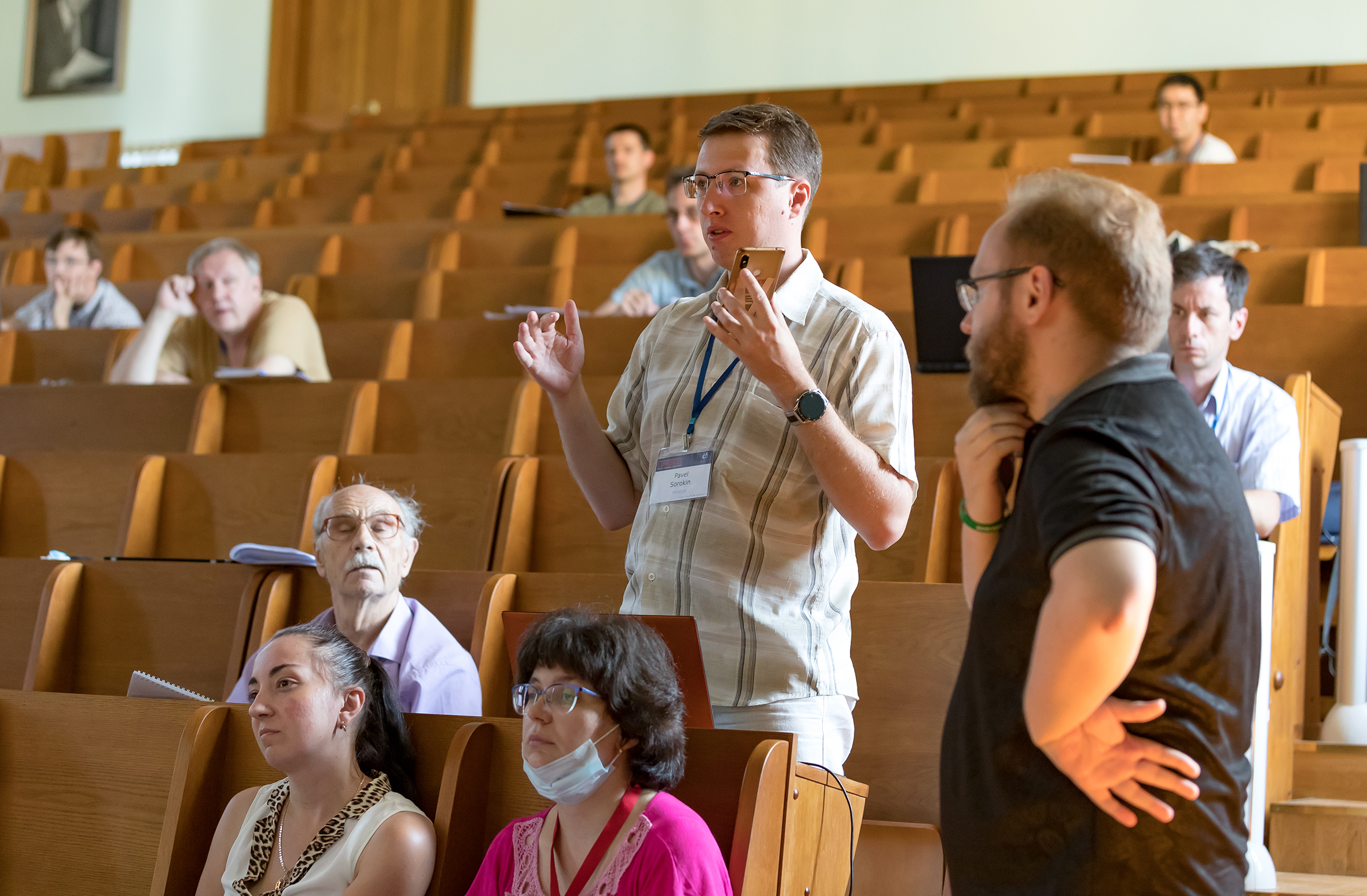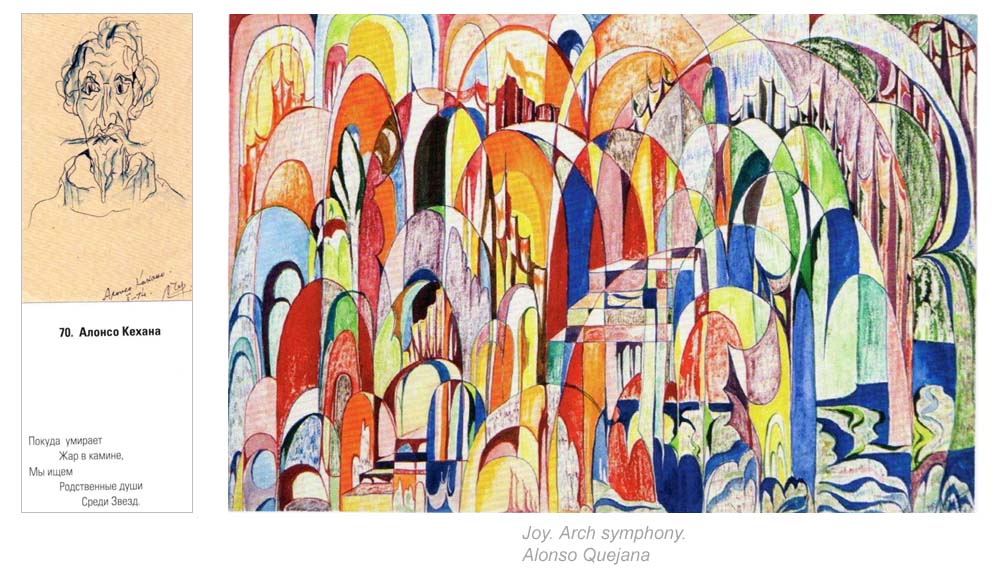Low-dimensional materials: theory, modeling, experiment
News, 13 August 2021
From 12 to 17 July, the International Conference LDM2021 (Low-dimensional materials: theory, modeling, experiment) took place in the Bogoliubov Laboratory of Theoretical Physics. The Laboratory was the main organizer of the Conference.
The event continued the series: the previous conference on the same topic and with a similar name (it had the status of a workshop at that time) was held in Dubna in 2018. It should be noted that the next event was supposed to take place in 2020 under the name LDM2020, but the organizing committee decided to postpone the Сonference for 2021 supposing that there would be enough time for obstacles to cease to be so critical. However, as everybody knows, the pandemic has not come to naught, that is why it was decided to hold the Сonference in a mixed format. Participants were free to choose the format: online or onsite. This format is unusual and difficult to perceive. However, the organizing committee has received positive feedback from both on-site and online participants. It was a surprise that online participants had their own benefits, like an opportunity to correctly formulate a question and ask it in writing by sending it to the chat during a report. In-person participants had to meet all epidemiological requirements introduced by the Institute and the Moscow region, and this, of course, affected the number of them. Nevertheless, the number of offline participants was greater than online ones.
 Chairman of the organizing committee Vladimir Osipov and Vice-Chairman Alexander Povolotsky openning the conference.
Chairman of the organizing committee Vladimir Osipov and Vice-Chairman Alexander Povolotsky openning the conference.
An obvious difference from the previous conferences was the increased number of plenary reports. In this regard, the format of the Сonference has shifted towards a scientific school. Members of the international programme committee, world-leading scientists presented their reports: Mikhail Iosifovich Katsnelson (the Netherlands), Francisco Guinea (Spain), Leonid Alexandrovich Chernozatonskii (Russia), Alexander Vladimirovich Okotrub (Russia), Oleg Valerievich Yazyev (Switzerland), Bronislav Nikolic (USA). In addition, twelve recognised specialists in various fields related to the topic of the Сonference took part in the event as invited speakers. They were from various countries (France, Spain, Russia, Germany, the Netherlands, and Sweden).
The reports presented original results on the study of all modern two-dimensional materials: graphene, phosphorene, transition metal dichalcogenide, etc. Participants paid special attention to the issues of 2D material functionalisation, low-layer materials, and sandwiches.
 Ivan Terekhov (Novosibirsk) and RAS Corresponding Member Mikhail Glazov (St. Petersburg).
Ivan Terekhov (Novosibirsk) and RAS Corresponding Member Mikhail Glazov (St. Petersburg).
Due to obvious reasons, not all Russian citizens could participate on-site. This time, there were a lot of young people from scientific centres of Tomsk, Novosibirsk, St. Petersburg, Yakutsk. Of course, JINR employees took an active part in the event. Young participants also traditionally had an opportunity to present oral reports. There were many “traditional” participants who have long been working in this field, regulars of such conference who have already visited us. As usual, the Institute made a very positive impression on all new participants as a powerful, actively developing scientific centre, and Dubna seemed to them a very beautiful and cosy city.
The topic of the Conference – low-dimensional materials and their possible applications – is more relevant than ever and is a central direction in modern material science from both fundamental and applied points of view. The progress in this field is obviously possible only with convergence of theory and experiment.
 Report by Maxim Rabchinskii, St. Petersburg.
Report by Maxim Rabchinskii, St. Petersburg.
As participants have many times noted, a distinctive feature of the LDM conferences is the absence of division of sections into theoretical and experimental. The main criteria for drawing up the programme are research objects: low-dimensional structures and related phenomena. The LDM2021 regular Conference, just like the previous one, was a site where specialists synthesising nano-objects and measuring their properties could discuss in person their interests with colleagues conducting “heavy” computing and offering promising physical models. Thus, it highlighted that it is the right and successful undertaking. The general opinion of participants was to continue LDM conferences in Dubna.
 Prof Alexander Okotrub, Novosibirsk, speaks about subtleties of the synthesis of two-dimensional films.
Prof Alexander Okotrub, Novosibirsk, speaks about subtleties of the synthesis of two-dimensional films.
It is noteworthy that the LDM2021 is one of the first conferences held in JINR that allowed in-person participation. Many participants have expressed hope that “interesting” times will soon end, and our conference will be the first fruits foreshadowing a return to the normal rhythm of scientific life of the scientific community for which in-person live communication is a necessary element.
 During the talk by Vyacheslav Storchak (Moscow)
During the talk by Vyacheslav Storchak (Moscow)
It is noteworthy that the LDM2021 is one of the first conferences held in JINR that allowed in-person participation. Many participants have expressed hope that “interesting” times will soon end, and our conference will be the first fruits foreshadowing a return to the normal rhythm of scientific life of the scientific community for which in-person live communication is a necessary element.
The Conference ended in an unusual way. Leonid A. Chernozatonskii, Moscow, a member of the international programme committee, made the second report not directly related to science. He showed some pictures and recited poems from his book “Phantasharmonies”. There was a link between paintings and physics – although not direct. They clearly illustrated that there is always an elegant artistic image behind any scientific idea. However, they illustrated much more. This talk was a spectacular conclusion to our meeting.
As long as the heat
In the fireplace dies,
We are looking
For kindred spirits
Among the stars.
In conclusion, I would like to note the great and dedicated work of all members of the organizing committee in the preparation and holding of the Conference. Special thanks are due to Olga Sadykova, Kirill Kulikov, and Ilya Ivantsov.
Vsevolod Katkov, Scientific Secretary of the Conference,
photos by Elena Puzynina

